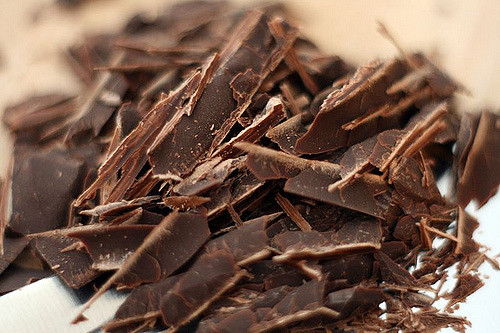By Kat Brown, Recent ASU Nutrition Student
I’m craving…….fill in the blank with whatever salty, sweet, crunchy snack that you crave the most. It happens so easily, a coworker merely mentions the idea of cupcakes and instantly you want one. Cravings are common in our society, but why? What triggers cravings and do some people have stronger cravings for foods than others? A recent study looked at MRI’s of people’s brains to learn more about how cravings work.

Cravings are defined as an intense desire to eat a certain food. The study identifies the two key components of this definition to be that the desire for this food is enough to make you go out of your way to fulfill it. Also, that the desire is for a certain or specific food, not just food in general which is considered hunger. Cravings are the biggest deterrent of adhering to a diet and can hijack your brain and distract you until you have fulfilled that craving.
Different foods activate different parts of the brain and dopamine, a neurotransmitter is released when people see foods they desire. Certain foods can also release serotonin into the brain which can be an antidepressant and mood enhancer. Carbohydrates often contain serotonin and could be a contributing factor to people’s cravings for them.
Chocolate is often reported as the most frequent food craving, followed by pizza, salty foods, and ice cream. To curb these cravings it is important not to always deprive yourself. If you never allow yourself to have a bite of chocolate eventually your craving will overtake your willpower and you are more likely to binge eat. A study from McMaster University identified this abstinence model and states that cravings are the most intense when withdraw is at its peak. Instead of depriving yourself, treat yourself to a small bite of chocolate. The recommended sugar intake is to consume less than 25% of your total daily calories from sugar. If you like dark chocolate that is even better because recent studies show that eating moderate amounts of dark chocolate can provide antioxidants that promote heart health. The antioxidant is called epicatechin that can help to improve endothelially (the inner wall of blood vessels) function which helps reduce the risk of cardiovascular disease. Chocolate also contains serotonin so it may also boost your mood as well.
Overall, women tend to experience cravings more often than men and individuals on an unbalanced, high sugar diet tend to experience cravings more often. This means that eating a better-balanced diet with a variety of foods can help minimize cravings and help you stay on track with eating healthy. Other serotonin-containing foods that may boost your mood include salmon, pineapple and eggs. Even better after your healthy meal you can enjoy your favorite chocolates in moderation!
For more fun and informative articles check out the Fill Your Plate blog! New blog articles are posted weekly! The Fill Your Plate website also offers hundreds of recipes!

